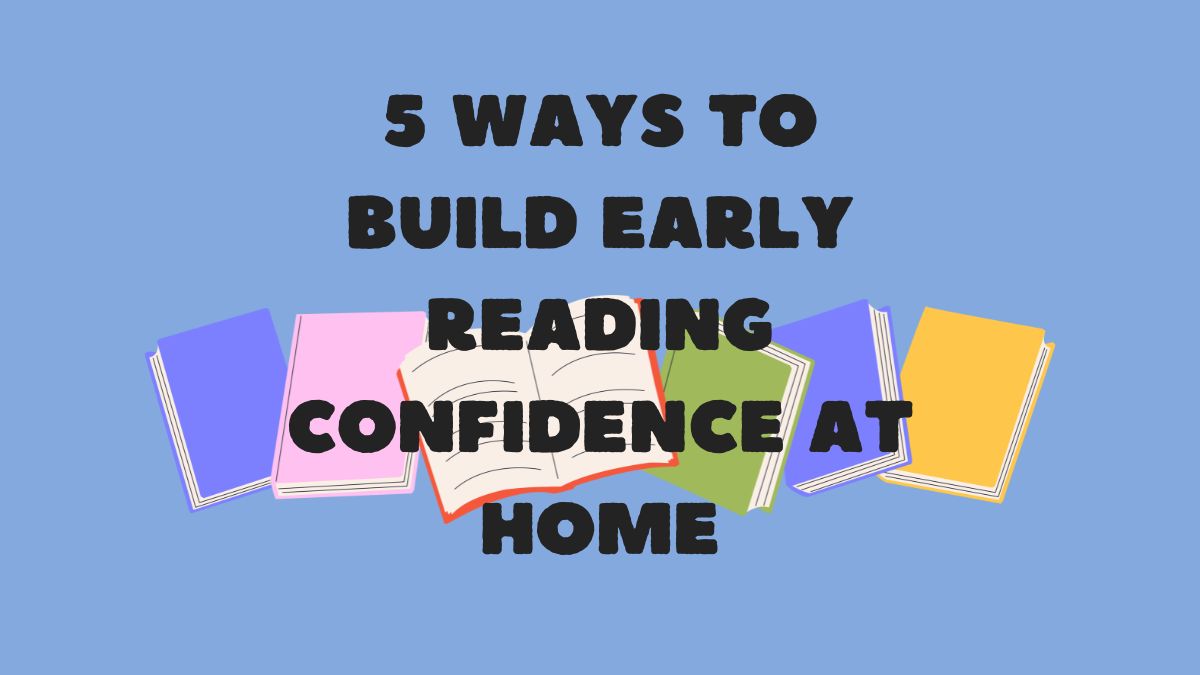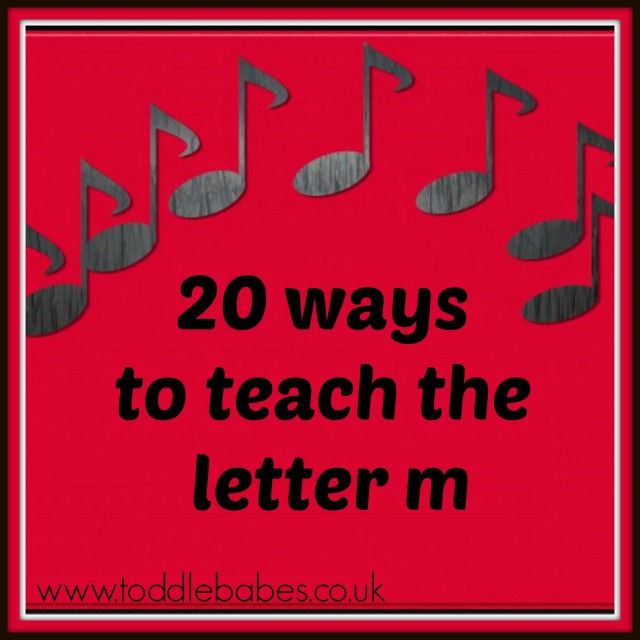
20 Simple and Fun Ways to Teach the letter D

Table of Contents
5 Ways to Build Early Reading Confidence at Home
Reading confidence doesn’t start with books—it starts with connection, conversation, and consistency. Before children can decode words or sound out sentences, they need to believe that they are capable readers. As a parent, your influence in these early stages is unmatched. You have the power to nurture a love of reading long before formal instruction begins.
In this article, we’ll explore three practical, research-backed strategies you can start using at home right now to support your child’s early reading confidence. Whether your child is in preschool, starting Reception, or somewhere in between, these methods are easy to implement and grounded in real-life parenting.
Reading confidence isn’t about ticking off phonics levels or racing through books. It’s about helping your child feel capable, curious, and in control as they begin to decode words and enjoy stories.
Whether your child is in preschool, Reception, or just starting their reading journey, these simple, low-pressure strategies will help create a positive foundation—without turning reading into a chore.
Why Confidence Comes First
Before fluency, before comprehension, before phonics mastery—comes confidence. Children need to believe they can succeed before they’ll risk trying. Confidence is what turns effort into progress and allows children to persist through mistakes.
Reading at home is your opportunity to build this confidence through gentle exposure, warm encouragement, and playful routines.
1. Make Reading a Daily Habit (Without Pressure)
Consistency beats intensity. A short, daily reading ritual builds familiarity and enjoyment—especially when it’s low-stakes and relaxed.
How:
-
Keep it short—10 to 15 minutes is enough.
-
Read with, not to—Point to words, invite them to guess, but don’t push.
-
Use books they choose—Even if it’s the same one for the 15th time.
Create a cosy reading space—nothing fancy. A cushion, blanket, and a box of books in a quiet corner is enough to signal “this is our special time.”
Tip: Vary your reading diet. Use picture books, early readers, rhyming texts, comics, or even song lyrics. Anything with print counts.
How Early Reading Influences Later School Performance
2. Teach Phonics Playfully and in Context
Children learn best when they are immersed in an environment where reading is seen as part of everyday life—not a task or performance.. They build confidence when they recognise letters and sounds in real life—not just on flashcards or worksheets.
Try this:
-
Label the environment: Put labels on objects around your home (chair, door, cup).
-
Use fridge magnets: Encourage your child to make silly CVC words or spell their name.
-
Treasure hunts: Hide objects starting with the same sound or ask them to find things around the house beginning with “s.”
Keep phonics short and active. Five minutes a day is more than enough in the early stages.
What this looks like in practice:
-
Books are accessible in every room—not just the bookshelf.
-
Reading is a shared, relaxed activity—not a lesson.
-
Print is visible all around (labels, signs, posters, menus).
-
Adults model reading for pleasure—magazines, recipes, even shopping lists.
How it helps:
When children see that reading is valuable and enjoyable for the adults around them, they begin to internalise the idea that reading is a normal, achievable skill. This reduces pressure and performance anxiety.
Simple steps to try:
-
Create a cosy reading corner—even a cushion under the stairs or a basket of books in the car counts.
-
Rotate books to keep interest high—re-read favourites but also introduce new stories weekly.
-
Make books a part of everyday routines: a short story before breakfast, a bedtime read, or even a book in the bathroom.
Tip: Don’t underestimate the power of “reading adjacent” activities—browsing picture books, retelling stories in their own words, or even reading logos and signs during a walk.
How to Teach Letter Names and Sounds
3. Focus on Oral Language and Storytelling First
Reading is built on a foundation of spoken language. Children who can articulate their thoughts, ask questions, and tell stories are naturally better prepared to connect with written words.
Before you worry about phonics or flashcards, invest in conversations.
Why this matters:
-
Vocabulary is the strongest predictor of later reading comprehension.
-
Listening to and retelling stories builds narrative structure understanding.
-
Confident talkers become confident readers.
What you can do:
-
Have rich, two-way conversations with your child—ask open-ended questions, give them time to respond, and encourage deeper thinking.
-
Tell family stories—“When you were a baby…”, “When I was little…” These model sequencing and descriptive language.
-
Use props for retelling—puppets, toy figures, or drawings help children narrate and sequence events.
-
Listen to audiobooks together to develop listening comprehension and language rhythm.
Game idea: Play “story starter” games at dinner or in the car. For example, “Once upon a time, a cat found a key… what happened next?” Take turns to build the story, and enjoy the creativity.
Tip: Accept all attempts without correcting or judging. Confidence is built through successful experiences, not criticism.
4. Celebrate Effort, Not Just Accuracy
When a child feels safe to guess, safe to sound out, and safe to get it wrong, they will improve. Reading confidence thrives when effort is noticed more than perfection.
What to say:
-
“I love how you tried sounding that out.”
-
“You spotted the ‘sh’—great noticing!”
-
“That was tricky, and you kept going.”
Avoid correcting every error. Instead, model the correct version gently and move on. If your child stalls, offer the word after a few seconds—keeping the momentum positive.
Does Reading Make Children Clever?
5. Build Phonological Awareness Through Play
Before children can read letters and words, they need to understand that words are made up of sounds. This skill—called phonological awareness—is one of the strongest predictors of reading success. And it starts long before they read a single word.
What it includes:
-
Rhyming
-
Syllable clapping
-
Identifying initial sounds
-
Blending sounds orally (e.g., “c-a-t makes… cat!”)
-
Segmenting words into sounds (e.g., “dog” becomes “d-o-g”)
You don’t need worksheets. You need your voice, your attention, and a playful attitude.
Everyday activities to build phonological awareness:
-
Nursery rhymes and songs – repetition and rhythm help internalise sound patterns.
-
Syllable clapping – clap out the beats of names, foods, or objects: “ba-na-na” or “el-e-phant.”
-
I-Spy by sound – play a version using sounds, not letters: “I spy with my little eye something beginning with ‘sss’.”
-
Sound hunts – go around the house and find things that start with the same sound.
-
Blend and segment orally – say, “I have a secret word… c-a-t,” and your child blends it to say “cat.”
Why this builds confidence:
When children realise they can “hear” and “play with” sounds, they start to see reading as a code they can crack—not something mystical or impossible.
Tip: Avoid pressure to get it right. Celebrate attempts, even if imperfect. The goal is to play with language, not test it.
Common Concerns (and Reframes)
| Concern | Reframe |
|---|---|
| “They guess words instead of reading them.” | This shows they’re using context clues—an important reading skill. |
| “They don’t remember all their sounds.” | Repetition and time help. Confidence is built through comfort, not pressure. |
| “They get frustrated easily.” | Try shorter reading bursts and more playful phonics games. Celebrate effort often. |
Final Thoughts
Bonus: Your Attitude Matters More Than You Think
Children’s attitudes toward reading are shaped by yours. If they sense you’re tense, anxious, or overly focused on outcomes, they’ll reflect that. If they see that you value stories, enjoy books, and are relaxed about the process, they will feel safe to try, fail, and grow.
What to do:
-
Praise effort, not accuracy: “I love how you tried that tricky word,” instead of “You got it right!”
-
Let them see you read—anything.
-
Don’t compare them to other children.
-
Let them lead the reading sometimes—ask them to “read” the pictures, or guess what happens next.
Early reading success isn’t about speed. It’s about confidence, connection, and consistency. When children feel safe and supported, their love of reading grows naturally—and from that, everything else follows.
Start small. Keep it fun. Trust the process.
What are appropriate rewards for toddlers?

I am a preschool and primary school teacher and mum to 3 children. I have been involved in education since 1997 and have trained in a variety of educational specialist areas. It is with this expertise that I write articles to help parents and educators provide quality learning experiences for the children in their care.




